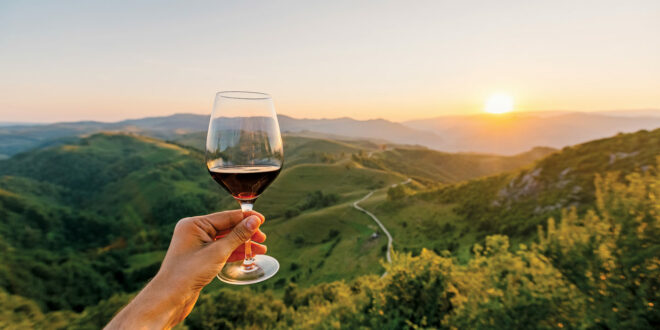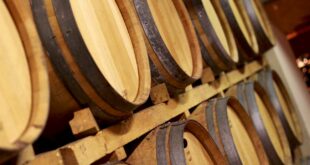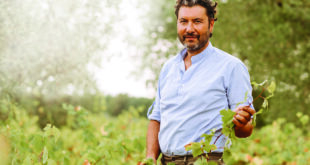[ad_1]

In partnership with Wines of Romania
The incredible transformation of the wine industry in Romania over the past 20 to 30 years can only be understood by tasting the products of the investment and work of its many producers. While there’s undoubtedly been an incredible surge in quality, it’s the leap in expressiveness that heralds a promising future for Romanian wine. A new recognition of the terroirs and indigenous grape varieties that make them truly unique has unlocked the opportunity to bring something special to the international stage. The wines featured belowshow how Feteasca? Alba?, Feteasca? Regala?, Feteasca? Neagra? and Negru de Dra?ga?s?ani are able to adapt to the idiosyncrasies of producers and the variability of terroir without loss of identity.
The reds in particular showcase a wide range of winemaking styles focused on structure and ageability – but a rich fruit core is always preserved. Feteasca? Neagra?’s capacity to produce robust yet approachable wines, underpinned by herbal freshness, is evident, as is the variety’s affinity with wood; even the examples in which oak influence is to the fore preserve a seductive balsamic lift and fleshiness of fruit throughout. Negru de Dra?ga?s?ani, meanwhile, has the potential to produce true modern classics with good cellaring prospects.
If their diversity is striking, there are common denominators across wines and styles. Food-friendliness is perhaps the most important: Romanian wines offer the perfect excuse to discover the country’s many culinary specialties. Enjoy Feteasca? Alba?-dominated wines with chicken stew or meatballs, or expressions of Feteasca? Regala? (both dry and off-dry) with young cheeses and chicken dolmas (stuffed vine leaves). Feteasca? Neagra?, on the other hand, calls for Romanian classics such as sarmale (cabbage leaves stuffed with pork and rice), goulash, lard-preserved pork or even rich fish with baked tomatoes. The assertive tannins and depth of Negru de Dra?ga?s?ani make it the perfect companion for more intensely flavoured dishes, such as oven- baked lamb, limba? cu ma?sline (beef tongue stew with olives) or cabanos (cooked and double-smoked pork sausages). These traditional pairings, like the featured wines, convey a sense of place and history, giving further context and meaning to the revolution happening today.
19 Romanian wines to try:
Liliac, Liliac Sparkling, Transylvania, Romania 2022
Elegant nose of yellow apple, white flowers, chamomile and crunchy pear. Subtle, toasty nuances – fresh almonds and bread dough – playing in the background. Good focus and drive on the palate with linear acidity. Zesty core of lemon, lime, white grapefruit and green apple. Finishes with an even zestier twist of preserved lemon.
Drink 2024-2026 | Alcohol 12%

Aurelia Visinescu, Artisan, Dealu Mare, Muntenia & Oltenia, Romania 2022
Lifted nose with intense floral notes (jasmine, rose petals) over a core of white and yellow orchard fruit (peach, plum, yellow apple). Assertive palate, with a sweet edge to the fruit. Finishes with a sugary twist of candied rose petals and peach jam. A good companion for sushi.
Drink 2024-2025 | Alcohol 13%

Averesti, Diamond Selection Zghihara de Averesti, Husi DOC, Moldova, Romania 2022
Nuanced bouquet with notes of green apple, Asian pear and guava. Good drive and focus on the palate, with a fleshy core of white orchard fruit underpinned by subtle minerality. Finishes with a pleasant saline touch. Ideal with grilled fish and seafood.
Drink 2024-2027 | Alcohol 12.5%

DeMatei, Patima, Dealu Mare, Muntenia & Oltenia, Romania 2022
Alluring nose, with a fun interplay of floral, citrus and orchard fruit notes. Interesting mineral lift to the medium palate, supporting refreshing pink citrus (blood orange, pink grapefruit). A touch of red apple crunch adds depth and energy. A pleasant and refreshing wine with unpretentious complexity.
Drink 2024-2028 | Alcohol 13%
 [ad_2]
[ad_2]
Source : https://www.decanter.com/wine/wine-regions/tasting-romania-524679/




